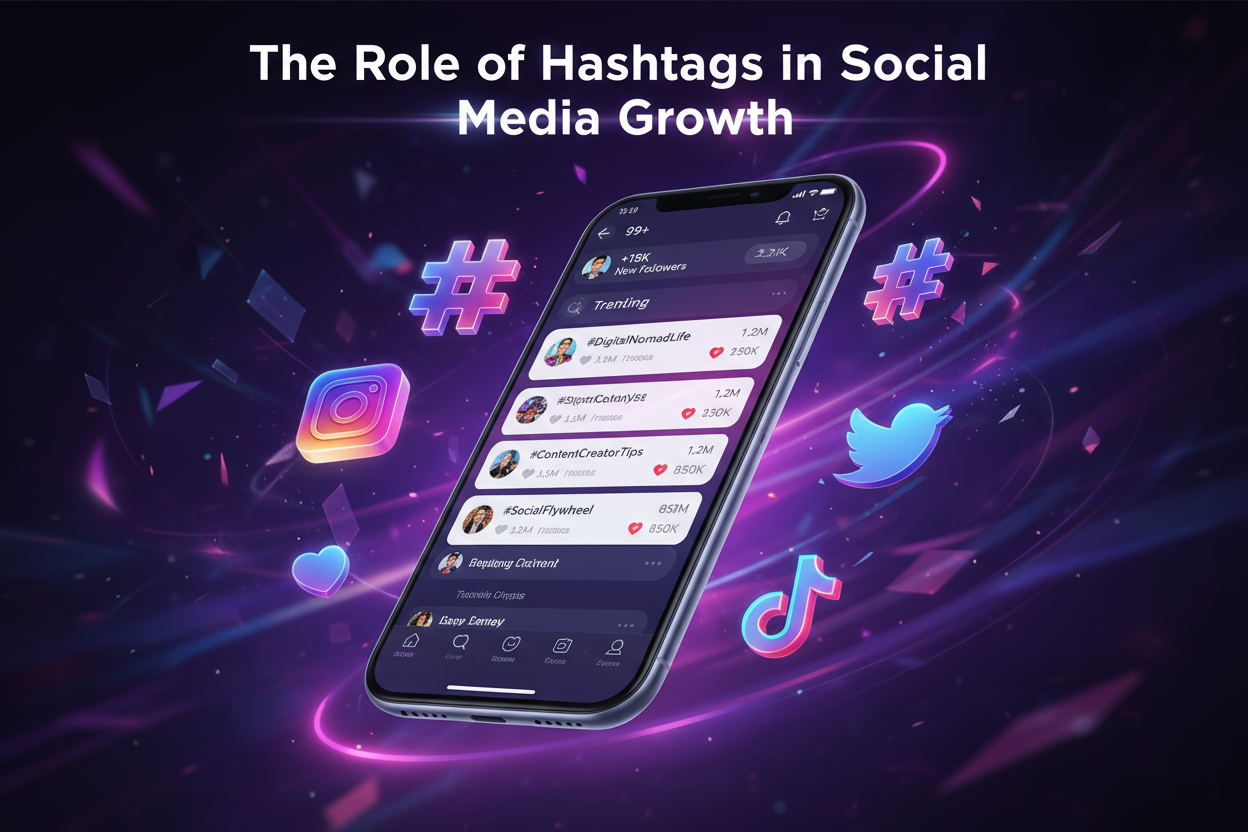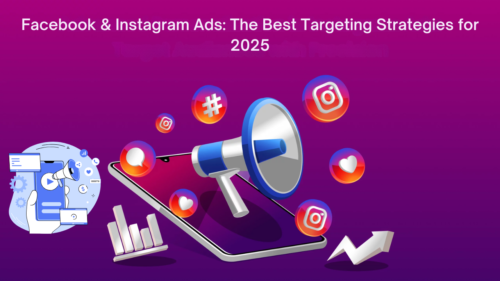In the digital era, hashtags have become one of the most powerful tools for social media growth. What began as a simple way to organize conversations has evolved into a strategic method for boosting visibility, engagement, and brand awareness. Whether you are a business, influencer, or marketer, mastering the use of hashtags can make your content stand out and help you reach a larger audience.
What Are Hashtags and Why They Matter
A hashtag is a keyword or phrase preceded by the # symbol that categorizes posts on social media platforms. When users click on or search for a hashtag, they see all the public posts using that tag. Hashtags make it easier for audiences to find content related to their interests — whether it’s fashion, food, technology, or fitness.
Using hashtags strategically can:
- Boost discoverability: Hashtags place your content in front of users who aren’t following you yet.
- Increase engagement: Posts with relevant hashtags can gain up to 70% more interactions.
- Build brand identity: Unique branded hashtags help audiences connect with your message.
Create communities: Hashtags unite people around shared interests or causes, increasing loyalty and conversation.
How Hashtags Influence Social Media Algorithms
Social media algorithms use hashtags to understand content topics and show posts to users with matching interests. The smarter your hashtag use, the higher the chances your post appears in explore feeds and recommendations.
1. Instagram
Instagram relies heavily on hashtags to group content into searchable topics. Posts with popular hashtags like #TravelGoals or #HealthyEating can reach audiences beyond your followers.
Tip: Combine popular hashtags with niche ones like #VeganMealIdeas or #GujaratTravel to maintain both reach and relevance.
2. Twitter (X)
Twitter hashtags fuel real-time conversations. Trending hashtags dominate discussions, making them perfect for event marketing or announcements.
Tip: Participate in trending hashtags early for maximum visibility.
3. LinkedIn
On LinkedIn, hashtags enhance professional reach. Posts tagged with #Leadership, #Entrepreneurship, or #DigitalMarketing connect with users interested in specific industries.
Tip: Combine broad tags with detailed ones like #SEOContentStrategy to reach focused audiences.
4. TikTok
Hashtags on TikTok determine which videos appear on the For You Page (FYP). Using trending tags can spark viral momentum, especially for challenges.
Tip: Use a mix of trending and original hashtags like #MyBrandStory to stay unique while joining viral trends.
Crafting a Hashtag Strategy for Growth
A well-planned hashtag strategy is vital to drive organic engagement and long-term visibility.
1. Create Branded Hashtags
Develop a unique hashtag for your brand or campaign — something catchy, short, and memorable. For example, Coca-Cola’s #ShareACoke encouraged customers to create and share personal content while promoting the brand.
Benefits include:
- Building a loyal online community
- Tracking campaign performance
- Encouraging user-generated content
2. Mix Trending and Niche Hashtags
Trending hashtags give quick exposure, while niche hashtags target specific audiences. For instance, instead of just #Fitness, use #MorningYogaRoutine or #WeightLossJourney to attract engaged followers.
3. Analyze and Update Regularly
Social trends evolve daily. Use analytics tools like Hashtagify or RiteTag to monitor which hashtags perform best for your content type. Replace low-performing ones with fresh, relevant tags to maintain momentum.
4. Use the Right Quantity
Overloading posts with hashtags can reduce credibility. Platforms like Instagram allow up to 30 hashtags, but using 5–10 high-quality, relevant ones often yields better results. Quality beats quantity.
Best Practices for Effective Hashtag Use
To maximize the power of hashtags, consistency and smart usage are essential.
1. Relevance Is Key
Always ensure that hashtags match your post’s topic. Irrelevant tags can confuse audiences and hurt your reach.
2. Keep Hashtags Readable
Use CamelCase (capitalize the first letter of each word) — for example, #SocialMediaGrowth instead of #socialmediagrowth. It improves readability and accessibility.
3. Combine Broad and Specific Hashtags
A mix of general hashtags like #Marketing and specific ones like #ContentMarketingTips ensures your post appears in both large and targeted searches.
4. Use Location-Based Hashtags
If your business serves a specific region, use hashtags like #MorbiRestaurants or #GujaratEats to target local audiences effectively.
5. Avoid Spammy Tags
Using banned or unrelated hashtags can flag your post as spam. Stick to genuine, relevant, and active tags within your niche.
The Evolution and Future of Hashtags
Hashtags have come a long way since their introduction on Twitter in 2007. Today, they are integrated deeply into social media algorithms, brand campaigns, and even AI-based content discovery systems.
The future of hashtags lies in contextual intelligence. Platforms are moving toward recognizing semantic meaning — understanding what your post truly represents beyond the hashtag itself. Soon, hashtags will act as digital signals that connect content with audience intent more accurately than ever before.
Brands and creators who adapt to these intelligent systems — by using contextually rich, meaningful hashtags — will stay ahead of the curve in audience engagement and social visibility.
Conclusion: Turning Hashtags into Growth Powerhouses
Hashtags are no longer optional — they are an essential element of digital strategy. When used thoughtfully, they amplify your content’s visibility, drive engagement, and help you connect with your target audience organically.
A strong hashtag strategy means understanding your audience, tracking trends, and balancing creativity with relevance. In doing so, you can turn simple tags into powerful growth engines that boost your online influence and brand reach.







